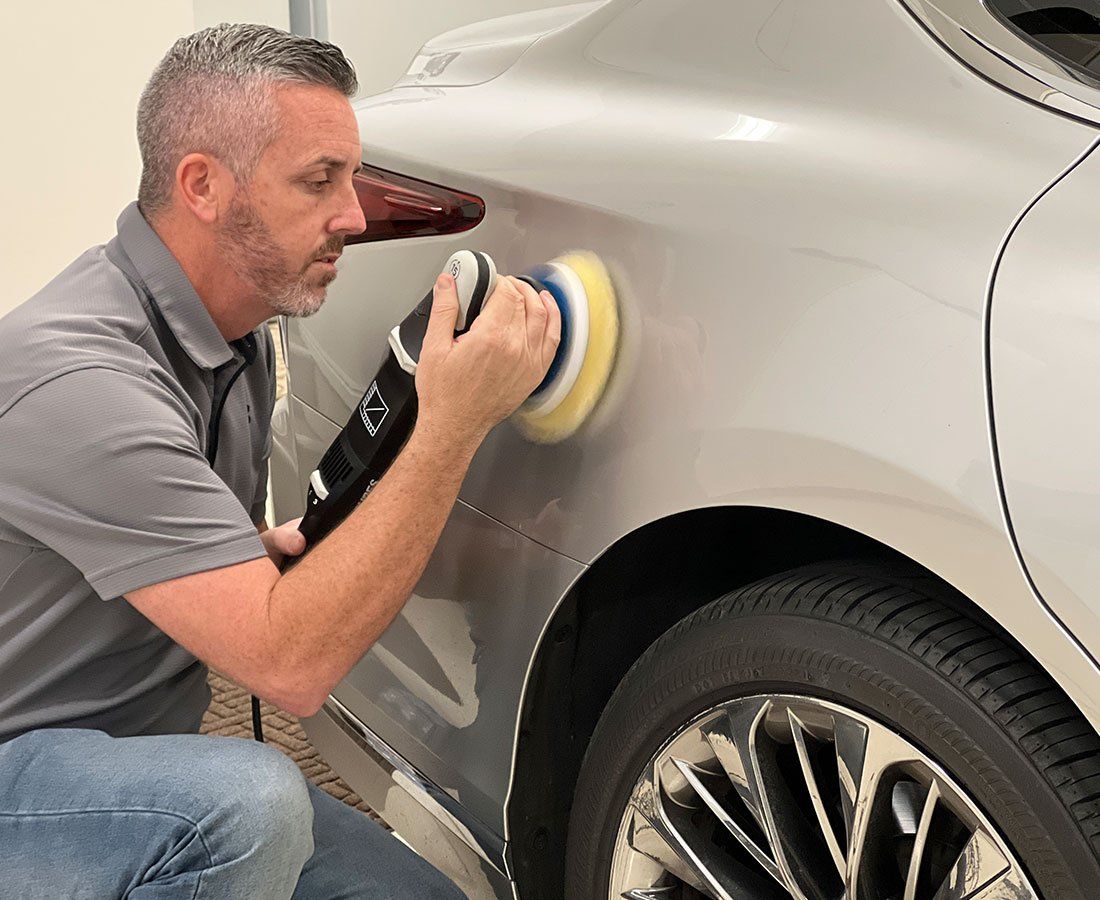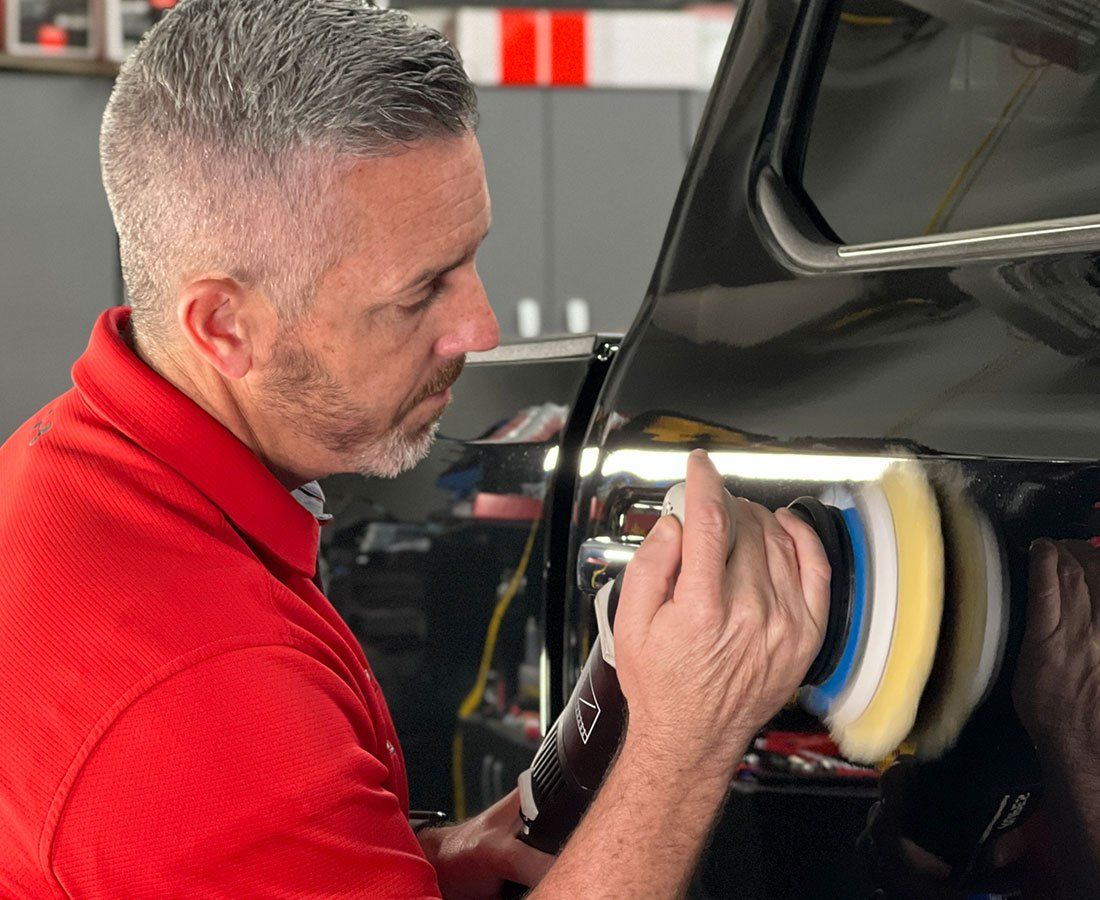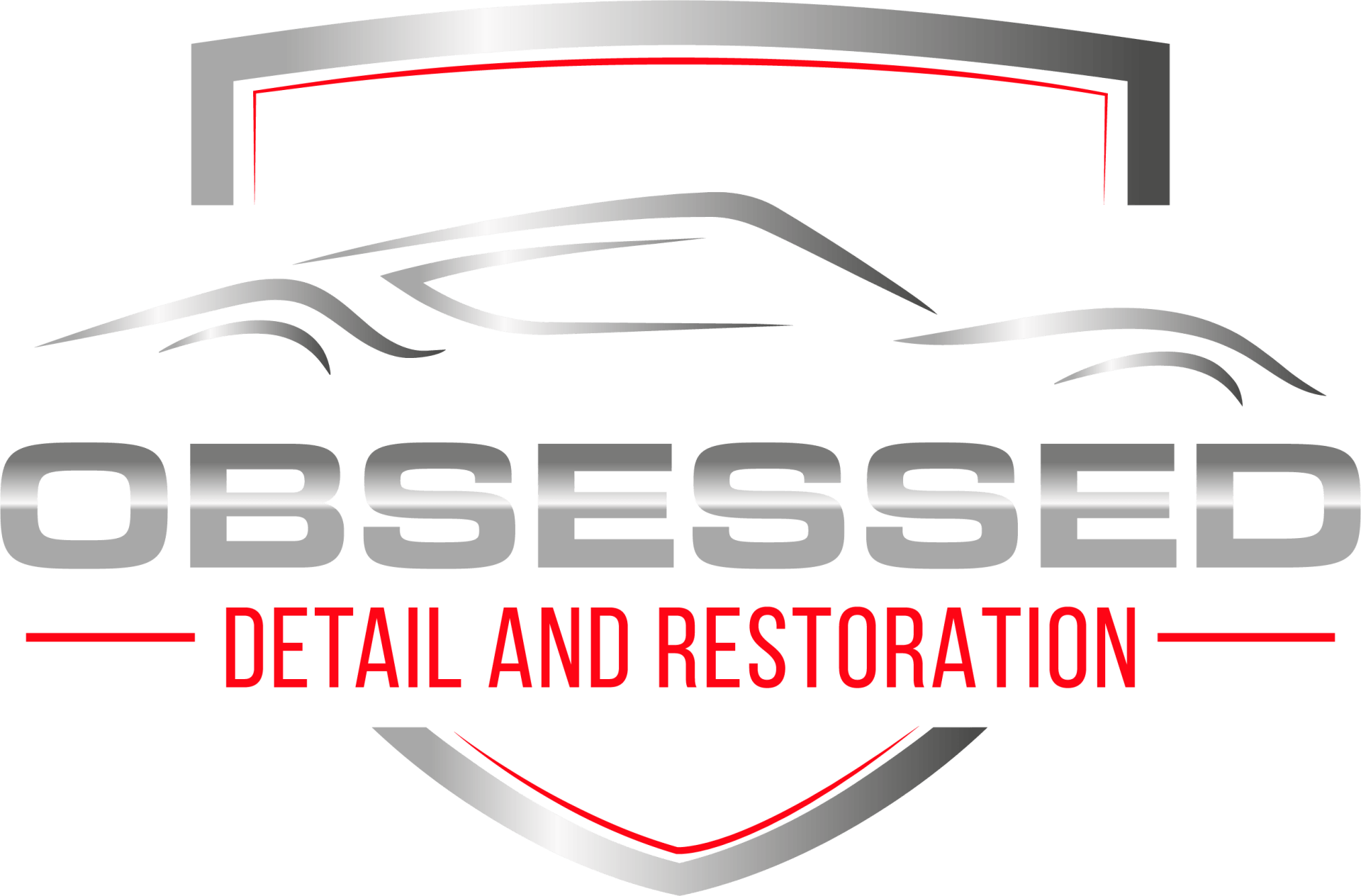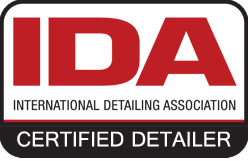Understanding Paint Correction: Debunking Common Myths in Car Detailing
Welcome to a world where a flawless, mirror-like finish on your car isn't simply left to the luxury dealership lot. In today's post, we're shifting gears to debunk common myths in car detailing, with a primary focus on paint correction. In an era splashed with misinformation and quick fixes on vehicle aesthetics, understanding paint correction becomes crucial. So fasten your seatbelts as we venture into this often misunderstood facet of car detailing, separating glossy facts from matte fiction for the sake of your beloved ride's true shine.
Exploring the Nature of Paint Correction
Paint correction is a specialized technique in car detailing that aims to restore the shine and brilliance of automotive paint by removing imperfections such as swirl marks, light scratches, and oxidation. It is not simply a process of touching up paint, but rather a meticulous procedure that requires the skill and expertise of a trained professional operating specific machines. The nature of paint correction lies in its ability to rejuvenate the appearance of the vehicle's paintwork, taking it back to its original state or even enhancing it beyond what it was before. When done correctly, paint correction can transform a dull and marred surface into a glossy, mirror-like finish that truly makes the car stand out.
Paint imperfections can arise from various sources, such as improper car washing techniques, harsh brushes or towels at car washes, careless snow removal methods, or even accidental light scratches caused by everyday objects. These imperfections can be frustrating for car owners who take pride in maintaining the pristine condition of their vehicles. To address these issues, paint correction becomes an invaluable solution. However, it is essential to entrust this task to skilled professionals who possess the knowledge and experience to determine the appropriate level of correction required for each specific vehicle. Amateurs or cheap shops may lack the necessary skills and equipment, resulting in potential damage to the vehicle during the correction process, such as removing too much paint (clear coat burn-through).

Contrasting Paint Correction and Waxing
While both paint correction and waxing contribute to the overall appearance and protection of a vehicle's paintwork, they are distinct processes that serve different purposes. Waxing primarily focuses on providing a protective layer on top of the paint surface. It involves applying a wax product that enhances shine and acts as a barrier against environmental elements, such as UV rays and contaminants. Waxing can add temporary glossiness but does not address imperfections like light scratches that may already exist on the paint surface.
On the other hand, paint correction deals with the actual removal of imperfections from the paintwork. It requires specialized tools and techniques to safely remove swirl marks, light scratches, and other blemishes. The goal is to restore the original clarity and brilliance of the paint by carefully leveling out the surface through various stages of polishing. Paint correction sets itself apart by addressing these underlying issues directly. It involves a more intensive process but results in a significant improvement in the overall appearance of the vehicle's paintwork.
Debunking Common Myths Surrounding Paint Correction
Paint correction, often misunderstood by many, is subject to numerous myths and misconceptions. Let's debunk some of the most common ones to gain a clearer understanding. One prevalent myth is that swirls and light scratches on vehicles are unavoidable and can't be removed through paint correction. This misconception arises from the belief that once these imperfections occur, they become a permanent part of the car's finish. However, the truth is that while swirls and light scratches may seem stubborn, they can often be corrected by an experienced professional using proper techniques.
Another common myth surrounding paint correction is that it's a simple touch-up process that anyone can do at home. While DIY projects have gained popularity in recent years, attempting to perform paint correction without the necessary skills and equipment can lead to disastrous results. Paint correction requires skilled professionals operating specialized machines. They possess the knowledge to assess the condition of the paint and safely correct it, knowing when enough is enough. On the other hand, an amateur or cheap shop lacking experience can cause further damage to your vehicle during the correction process. They may remove too much paint (resulting in clear coat burn-through) or simply hide imperfections with high-fill wax, which will eventually reveal itself again.
Understanding the Steps Involved in the Process
Paint correction is an art form that demands precision and expertise. A trained professional will follow specific steps to ensure a successful outcome without causing further damage. Let's take a closer look at these important steps:
- Inspection: Before any work begins, an expert evaluates the condition of the paintwork. This evaluation determines the severity and type of defects present, guiding subsequent actions.
- Washing and decontamination: Thoroughly cleaning the vehicle is crucial to removing surface contaminants that can impede proper paint correction. This step includes washing, clay barring (if necessary), and additional decontamination processes.
- Test Spot: Before starting the correction process on the entire vehicle, a test spot is performed in an inconspicuous area. This step allows the professional to determine the most effective combination of polishing products and techniques for optimal results.
- Paint Correction: Using specialized tools such as dual-action or rotary polishers, along with various abrasive compounds and pads, the professional begins the correction process. They methodically work on each section of the vehicle, carefully removing imperfections while preserving the integrity of the paint.
- Refinement: After corrections are made, a finer abrasive polish is used to refine the paint further. This step helps eliminate any haze or micro-marring caused by previous polishing stages, resulting in a smooth and flawless finish.
- Cleansing and Protection: Once the correction process is complete, the vehicle undergoes another thorough cleaning to remove any residual compound residue. Additionally, a protective layer such as wax or sealant may be applied to enhance and preserve the newly restored paintwork.

Consequences of Improper Paint Correction Techniques
Improper paint correction techniques can have detrimental effects on the appearance and condition of your vehicle's paintwork. While paint correction is intended to enhance the shine and remove imperfections, using the wrong methods or tools can result in further damage and diminished overall quality. The consequences of such incompetence can be severe. Here are some potential consequences of improper paint correction techniques:
- Swirl Marks and Holograms: One of the most common issues arising from improper paint correction is the creation of swirl marks and holograms on the paint's surface. These are circular patterns and hazy reflections caused by using abrasive compounds or pads incorrectly. Instead of removing imperfections, these marks make the paint appear dull and uneven under light.
- Loss of Clear Coat: Aggressive polishing or incorrect pad choices can lead to the removal of a significant portion of the clear coat, which is the protective layer over the paint. This diminishes the paint's ability to withstand environmental factors like UV rays, oxidation, and road contaminants, leading to accelerated paint deterioration.
- Uneven Paint Thickness: Inexperienced paint correction attempts can result in uneven paint thickness across panels. This is particularly problematic as the clear coat protects the underlying layers of paint. Uneven thickness can make some areas more susceptible to damage and others overly protected, causing long-term issues.
- Burnt Edges and Heat Damage: Overheating the paint with rotary polishing machines or using too aggressive techniques can cause "burnt" edges. This occurs when the clear coat gets excessively hot, leading to a change in its structure and appearance. Burnt edges are irreversible and require costly repairs.
- Paint Fading: Incorrect paint correction can hasten paint fading, especially if abrasive compounds strip away the UV protection provided by the clear coat. Faded paint not only looks dull but is also more prone to further damage from the elements.
- Paint Thickness Reduction: Aggressive correction techniques can remove a significant layer of paint, leaving less room for future polishing and correction. This can limit the number of times the vehicle's paint can be corrected in the future, potentially decreasing its lifespan.
- Compromised Resale Value: Improper paint correction can significantly affect the resale value of a vehicle. Potential buyers may be wary of a vehicle with visible swirl marks, uneven paint, or other signs of poor correction work.
- Time and Cost Overruns: Attempting to correct paint without the proper knowledge and techniques can lead to wasted time and money. You might end up causing more damage that requires professional intervention to rectify.
- Aesthetic Displeasure: The whole point of paint correction is to improve the appearance of your vehicle. Improper techniques can result in a finish that looks worse than before, defeating the purpose of the correction process.
- Voided Warranties: Some car warranties may be voided if it's discovered that improper maintenance techniques were used, including paint correction. This could leave you responsible for the costs of any necessary repairs.
To avoid these consequences, it's advisable to entrust paint correction to experienced professionals who have the right tools, knowledge, and products to safely and effectively enhance your vehicle's appearance. If you're attempting paint correction yourself, make sure to educate yourself thoroughly and practice on inconspicuous areas before tackling more visible parts of the vehicle.
Trusted Paint Correction Service in South Jordan, UT
Embark on a transformative journey with Obsessed Detail and Restoration, your ultimate destination for trusted paint correction services in South Jordan, UT. Our passion for perfection drives us to meticulously rejuvenate your vehicle's paint, erasing light imperfections and revealing a brilliance you thought was lost. With cutting-edge techniques and an unwavering commitment to excellence, our skilled team breathes life back into your car's finish, restoring its showroom-worthy luster. Whether it's swirl marks, light scratches, or dullness that plague your paint, we have the expertise to revive its true radiance. Join us at Obsessed Detail and Restoration and experience a level of care that goes beyond the surface. Contact us today to schedule an appointment and witness your car undergo a mesmerizing transformation.


